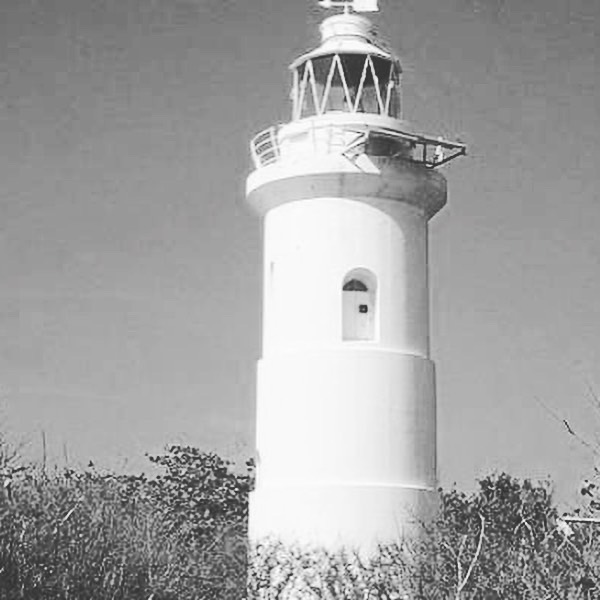Great Stirrup Cay is a small island located in the Berry Islands, a cluster of cays and small islands in the Bahamas. Its history reflects a blend of natural beauty and strategic importance, intertwined with the broader narrative of the Caribbean region.
The island’s earliest known history dates back to the age of the Lucayan Indians, the indigenous people who inhabited the Bahamas before European colonization. However, Great Stirrup Cay came into prominence in the modern era starting in the 19th century when it was used for a lighthouse. The lighthouse, constructed in 1863, was part of the British Empire’s efforts to navigate the treacherous waters of the Bahamas, marking the northern edge of the Berry Islands and guiding ships safely through the passages.
Over the years, the island saw various uses, including as a relay station for the British Imperial Cable network in the early 20th century, which was a critical communication link between the Bahamas, Jamaica, and Panama. This strategic importance continued during World War II, when the region played a role in Atlantic maritime operations.
The transformation of Great Stirrup Cay into a leisure destination began in the latter half of the 20th century. In 1977, Norwegian Cruise Line (NCL) purchased the island, making it the first cruise line to own a private island. This acquisition marked the beginning of the island’s development into a private resort exclusively for the passengers of NCL cruises.
Since then, Great Stirrup Cay has been developed to offer a variety of amenities and recreational activities for visitors, including white sandy beaches, snorkeling, bars, and barbecue areas. The island underwent significant enhancements in recent years, adding features like private cabanas, a zip line, and an expanded beach area to improve the experience for cruise guests.
Today, Great Stirrup Cay stands as a testament to the evolving relationship between humans and the Caribbean environment, transitioning from a strategic outpost to a cornerstone of the leisure and tourism industry in the Bahamas. Its history is a microcosm of the broader Caribbean narrative, embodying themes of exploration, colonization, communication, and ultimately, leisure and enjoyment in the natural beauty of the islands.

